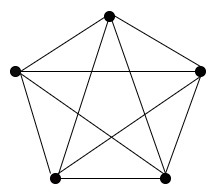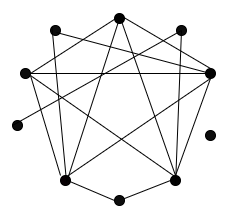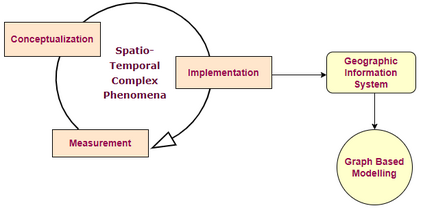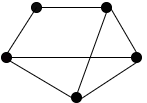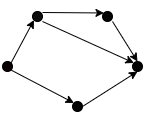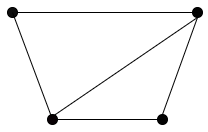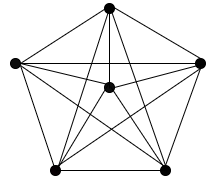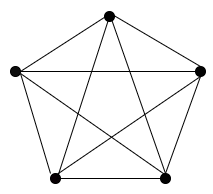Geospatial sciences include a wide range of applications, from environmental monitoring transportation to infrastructure planning, as well as location-based analysis and services. Graph theory algorithms in mathematics have emerged as indispensable tools in these domains due to their capability to model and analyse spatial relationships efficiently. This article explores the applications of graph theory algorithms in geospatial sciences, highlighting their role in network analysis, spatial connectivity, geographic information systems, and various other spatial problem-solving scenarios like digital twin. The article provides a comprehensive idea about graph theory's key concepts and algorithms that assist the geospatial modelling processes and insights into real-world geospatial challenges and opportunities. It lists the extensive research, innovative technologies and methodologies implemented in this domain.
翻译:暂无翻译

